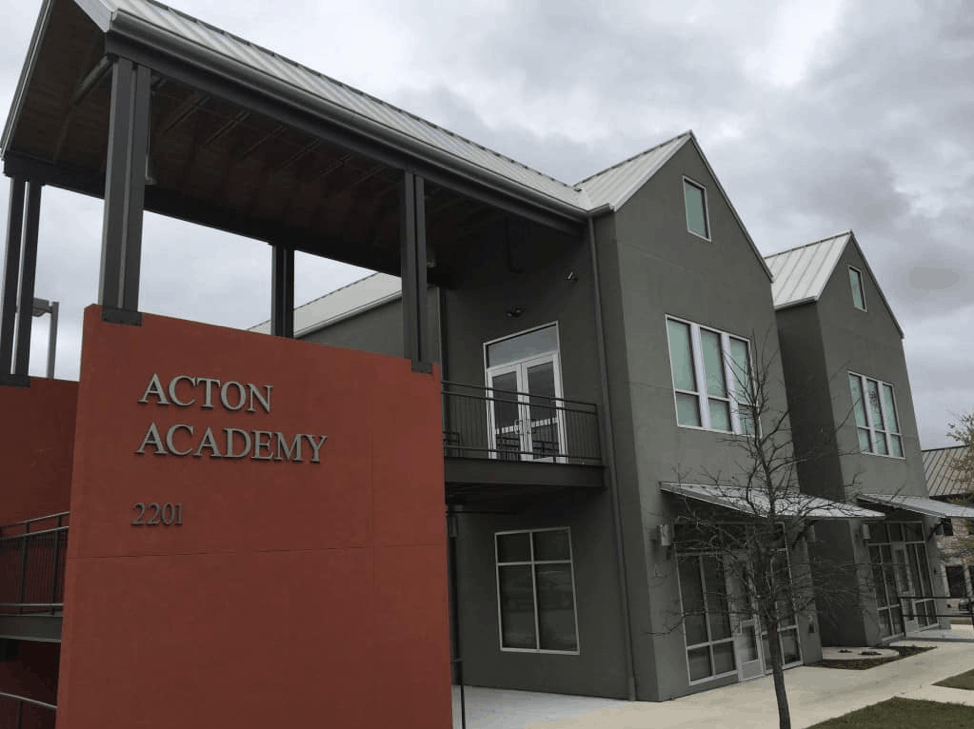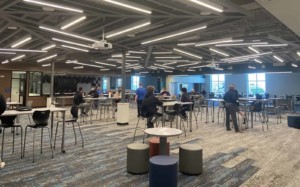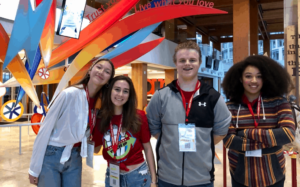7 Ways Microschools Help Communities Innovate

What if you could start a school in six weeks instead of six years? What if you could launch a school for $50,000 rather than $50 million? What if you could test an innovation with 20 kids rather than 2,000?
Microschools are popping up around the country. It may not come as a surprise that schools of 15 to 150 students are easier, cheaper, and faster to open.
But there are seven reasons why teachers, parents, and school districts should consider microschools:
1. Nimble. Microschools are responsive to change; there is a shorter loop from idea to feedback to iteration. They often start as a test. 4.0 Schools trains education entrepreneurs to run tests starting as an after-school program or a pilot in an existing classroom.
Once they launch, teachers and students can try more things more often, with lower stakes.
2. Options. Microschools quickly create new community connected learning options such as themes, careers, and experiences for students. They can be used to quickly address underserved student populations (preschool, dropout recovery, and career education).
Microschools can take advantage of a variety of public and community spaces, including libraries, museums, zoos or corporate partners.
3. Relationships. Microschools are small and typically rely on multi-age groupings–both aspects that promote powerful sustained teacher-student relationships.
Wildflower schools “are one- to two-room schools with the faculty both teaching and administering the school … By preserving a small scale, teacher-leaders are able to make day-to-day decisions that respond to the needs of the children and school-wide decisions that express their own vision in the context of the needs of children, families and themselves.”
4. Place. Microschools have the agility to connect with community and leverage the power of place. Through authentic community-connected experiences, students learn to collaborate, think critically and solve complex challenges. Learners become invested in their communities and ready for further education and entrepreneurship.
The dozen rural microschools in the Place Network provide immersive learning experiences that get students involved in local heritage, cultures, and landscapes (for more, check out #PlaceBasedEd).
5. Flexible formats. As illustrated by CottageClass in Brooklyn, New York City, microschools may be full- or part-time learning experiences for PreK-12 students. CottageClass partners are predominantly private learning options where parents pay tuition.
Acton Academy is a global network of 165 small learner-centered private schools that feature socratic seminars and project-based learning (see feature).
Microschools are also a way that faith congregations can extend their service to a community by creating educational options like The King School in Chattanooga, Tenn. StreetSchool Network is working nationwide with faith communities united to meet the needs of youth and reduce the high school dropout rate by giving students a second chance at educational success.
Public schools can quickly launch microschools as pilot classrooms or a school-within-a-school. Talking about rural schools, U.S. Secretary of Education Betsy DeVos said this month that most schools have “at least a handful [of students] who really learn differently…Why not be able to take those kids and start a microschool, even co-located in the school, with 15 or 20 kids with a different approach to learning?”
6. Distributed leadership. Microschools can be used to leverage teacher leadership. In Kettle Moraine, Wisconsin, microschools were a key part of district transformation. Four new schools opened in existing facilities allowed teachers that were ready to move quickly and create valuable learning options and pictures of the future. The small schools leveraged teacher leadership and provided a teaching environment for early adopters of new strategies.
7. New proposition. Microschools like NOLA Micro Schools can bundle new goals, strategies, and community connections. NOLA Micro seeks to help every learner change the world. The goal of the Acton-affiliate is, “Every one of our students will find a calling, something they love and are good at.” They explain, “We can’t tell you how your child will change the world. We can only help our students find their calling and set them on their journey.”
Similarly, the goal at One Stone, a tuition-free microschool in Boise, Idaho, is, “Making students better leaders and the world a better place.” One Stone combines skill sprints with design thinking labs and community-connected projects to foster youth leadership (see this summary of Rise, the One Stone movie).
LEADprep is a small network of progressive secondary microschools in the Seattle area where young people develop the confidence and ability to lead.
Microschools are a great way to test a bundle of innovations—new goals, experiences and tools, new staffing and governance models, and new community connections—with low cost and risk.
How do we learn more about microschools?
- Listen: Getting Smart Podcast: Matt Candler on the #FutureOfSchool
- Read: What’s The Next Big Idea? Microschool Networks
- Watch: Student-Centered Learning Design Focused Learning at One Stone
For more, see:
This post was originally published on Forbes.
Stay in-the-know with all things EdTech and innovations in learning by signing up to receive the weekly Smart Update.







0 Comments
Leave a Comment
Your email address will not be published. All fields are required.